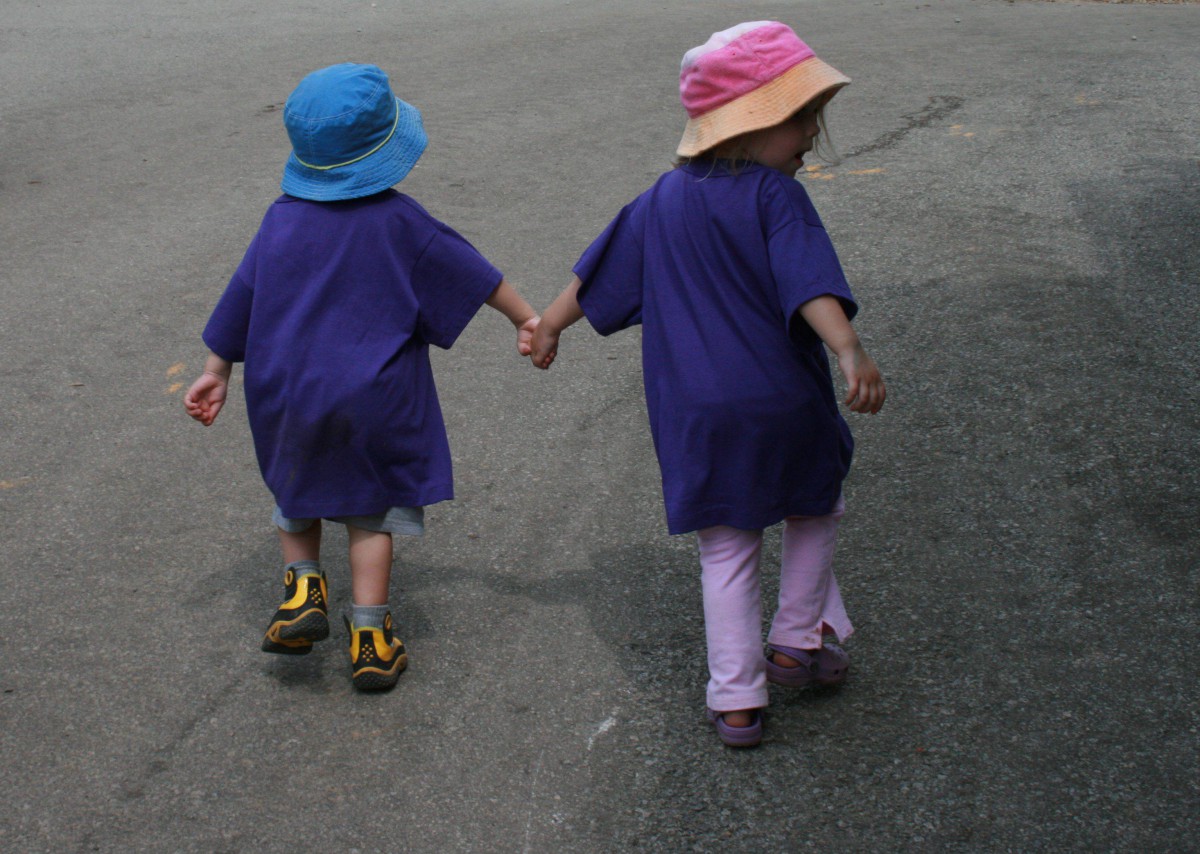OTTAWA – Newly released research on Quebec’s low-cost child-care system suggests children who go through it may do well academically, but have worse outcomes when it comes to health, life satisfaction and crime rates.

In a paper released Monday, a group of university researchers say that children exposed to the province’s child-care system were more likely to have higher crime rates, worse health and lower levels of life satisfaction as they have aged than their counterparts in other provinces who didn’t have access to the same type of system.
The new research is likely throw a political wrench into the federal election, where the New Democrats have made bringing Quebec-style child care to the rest of the country a key plank in their platform.
READ MORE: What we know about the NDP’s childcare plan
The party’s plan is to spend $5 billion a year after an eight-year phase-in to pay for a million existing and new child-care spaces that cost parents no more than $15 a day. NDP Leader Tom Mulcair repeatedly says his party’s plan would create quality, affordable child-care spaces in each province.
The working paper by three university researchers, however, questions whether such a universal system – accessible all income levels – can deliver on that promise of quality.
The Quebec system is the largest program of its kind in North America. The province spends about $2.2 billion a year to support the system, which costs parents up to $20 a day.
There has been no question about its financial benefits to Quebec in the short-term. Research from economist Pierre Fortin from the University of Quebec at Montreal has shown the program helped grow the provincial economy, increased women’s workforce participation and employment rates, and boosted income tax and consumption tax revenues flowing to provincial and federal coffers. Work by Fortin and others suggests government recoups between $1.50 and $3 for every dollar invested in child care in Quebec.
- Toronto Pearson gold heist: Ontario man arrested at airport after arriving from India
- Capital gains changes could have ‘irreversible’ effects, business groups warn
- Renters so far more ‘vulnerable’ than homeowners amid higher interest rates. Why?
- After tornado outbreaks in the U.S., could Canada see similar storms?
But there have been lingering questions about program quality.
In their paper made public Monday, Kevin Milligan from the University of British Columbia, Michael Baker from the University of Toronto, and Jonathan Gruber from MIT in Cambridge, Mass., update work from 2008 to see if children in the Quebec care system kicked their troubling behaviours over time.
READ MORE: What does child care actually cost in Canada?
What the trio found instead was “striking evidence” that exposure to the program was associated with higher crime rates, with the effects most acutely seen in boys. Boys were more likely to have higher levels of hyperactivity and aggression, the researchers wrote, while girls showed declines in prosocial behaviour, which captures many altruistic activities like donating and volunteering. All of those behaviours fall under the heading of “non-cognitive” abilities, such as impulsiveness and emotional stability.
Exposure to the program was also associated with “worsened health and life satisfaction,” the study says.
There was no such lasting effects on math, science and reading abilities, the researchers write.
The findings are similar to research on some of the best known and studied child care programs in the United States that found children in one program had increased cognitive abilities that faded over time, but positive, non-cognitive changes lasted a lifetime. In turn, their crime rates were lower than their counterparts who didn’t go through the same types of programs and they tended to do better economically later in life, by having better-paying jobs and more education, for instance.
“Non-cognitive outcomes really seem to matter for later life outcomes,” Milligan said in an interview.
So why did Quebec children have worse outcomes?
“Not quite sure what it is about the program, whether it’s staffing, whether it’s curriculum, whether it’s funding. I don’t know the answer,” Milligan said. “But I think the important thing about our paper is that it really does focus in that these non-cognitive skills are ones that maybe we ought to think about targeting.”
Those non-cognitive skills can be measured as children are in the program, he said, meaning officials could make changes to curriculum, for instance, to reverse a slide in bad behaviour.


Comments